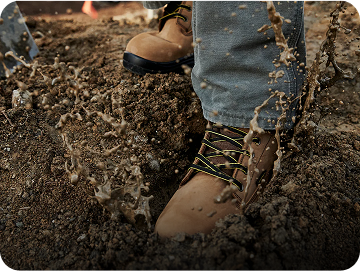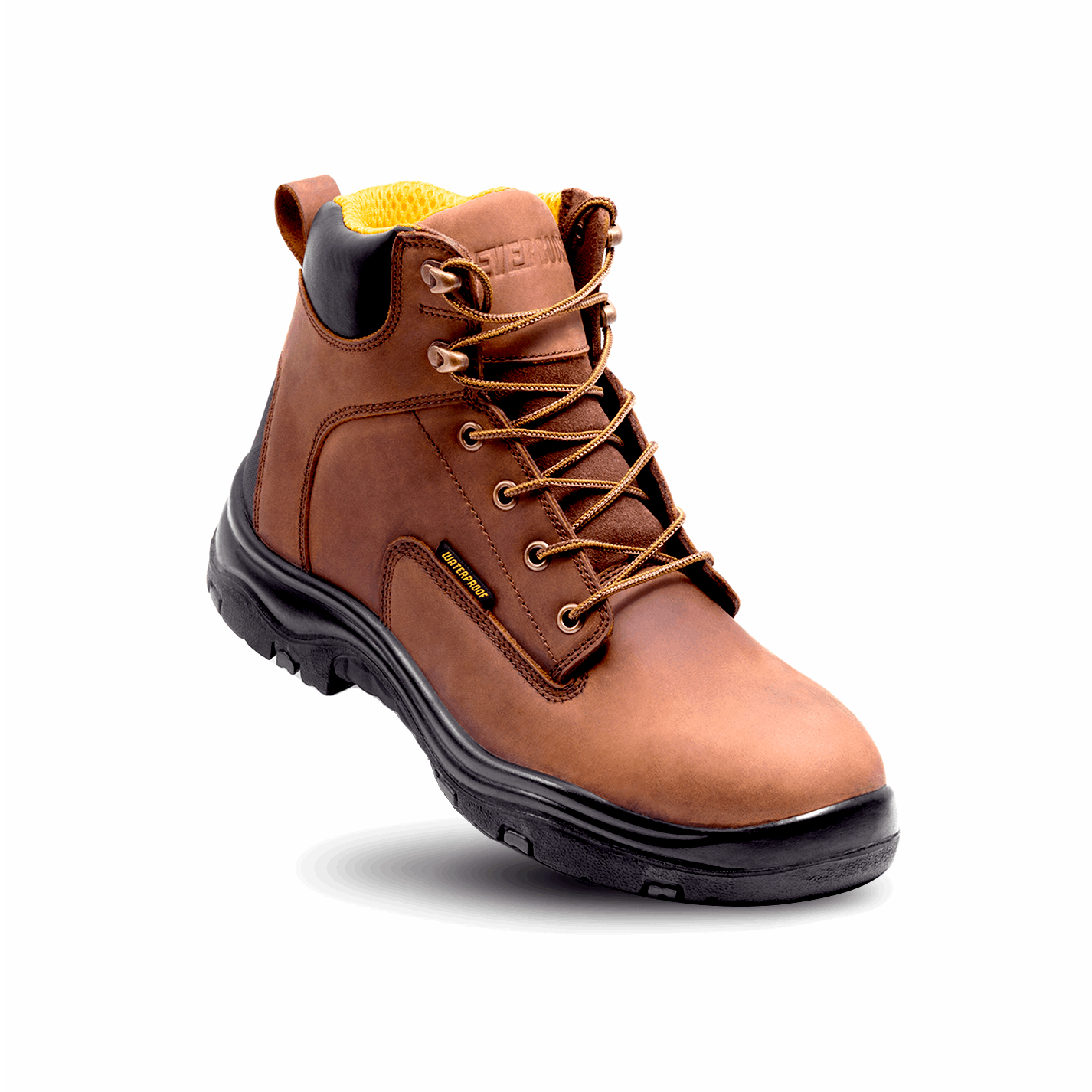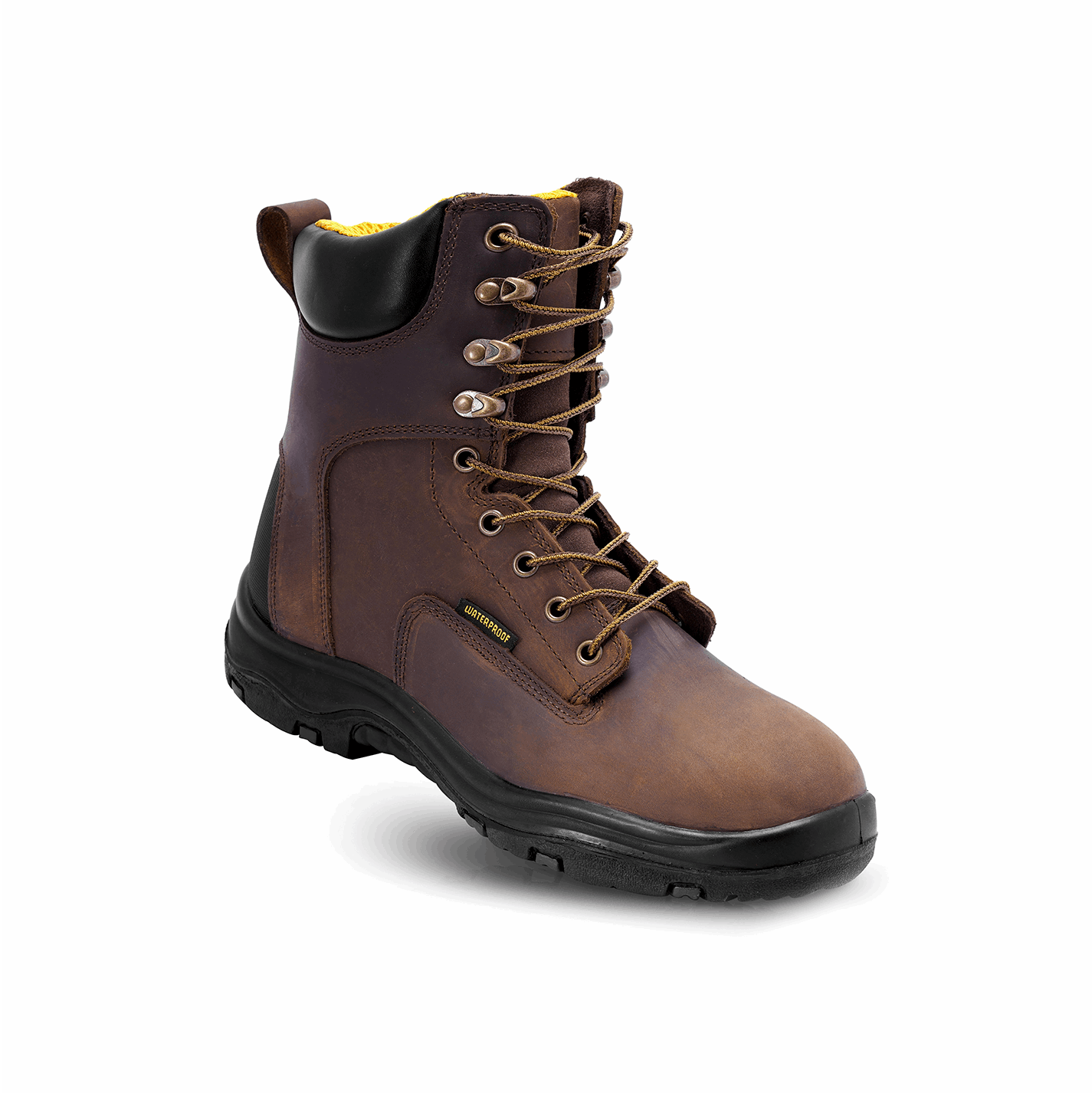For many people boots are an essential part of their every day gear, and finding the perfect pair is an on-going quest. Not only do they have to be appropriate for the workplace, but they have to keep you on your feet day after day.
Choosing the boots that work for you doesn’t have to be a daunting task. We can break down a pair of boots’ functionality into a few categories like safety, comfort, and utility. Knowing exactly what you’re looking for will combat confusion.
Safety First
The most important category may also be the most intimidating. Certain industries may have safety ratings with which to familiarize yourself. Fortunately the ASTM (American Society for Testing and Materials) has designed a rating system that the Popular Mechanics editors have helpfully broken down for us.
An industrial work boot is made to stand against electricity, impact damage, extreme heat or cold, and even punctures and holes, but there are pros and cons to consider. For example, steel toe work boots will have a high impact rating, but will probably flunk electrical tests since metal is conductive.
Size DOES matter

Great comfort and support cannot be overestimated for the footwear you’ll wear for most of the day. The number one factor in shoe comfort is finding the right fit, which you may not realize is harder than you think. You probably already take the “breaking in” period into account when considering a shoe purchase, but if new footwear continues to cause pain days later it might be the wrong size. A good pair of boots will work with your body, not against it.
Heel or no heel? Not just a style question
Work boots with heels might sound questionable, but there are many valid reasons for them besides vanity. Riding horses, climbing ladders, even driving motorcycles are all made easier with the help of a smart heel. Some people simply prefer a taller heel for comfort. The size and shape of the heel can have implications on arch support due to the overall demands of construction. A wider heel will have more support than a thinner one, for instance.
Dry boots or wet boots?

Knowing the particulars of your industry will help you determine the particulars of how you actually need your boots to perform. Gear like landscaping work boots will need not only moisture wicking design, but slip-resistant tread. Snow Boots also need protection from water, plus insulation against the cold. High temperatures or explosive chemicals require fire retardant (FR) boots amongst your gear.
Start walking!
Ultimately, the best pair of boots for the job depends entirely on where you work. Know the pros and cons of your workplace so you can plan accordingly. An educated consumer is a satisfied customer, and that person can be you. If you do your research and pay attention to exactly what you need, the perfect pair of boots will be yours.










Leave a comment